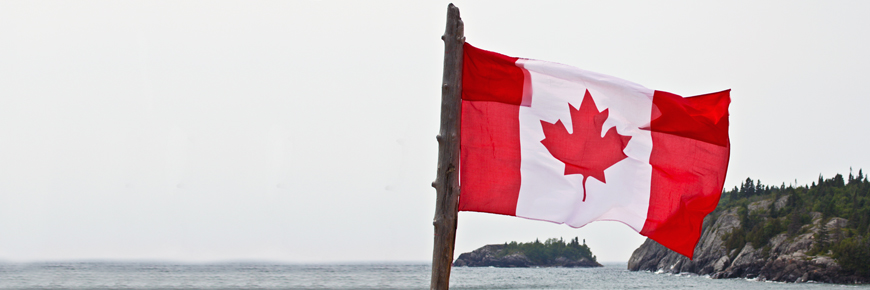
Canada 150 in Northern Ontario
Pukaskwa National Park
by Alexander Thompson
To celebrate Canada’s 150th Birthday, Canadians from coast-to-coast flocked to national parks, national marine conservation areas and national historic sites to join in numerous commemorative events and activities. How many Canadians, you ask?
This year’s total is showing an all-time record, with overall visitation close to 27.8 million. Over six million Parks Canada Discovery Passes were ordered, suggesting that 1-in-5 households may have had a pass hanging on the rearview mirror of their car.
At every branch of Parks Canada visitation for 2017 saw a noticeable increase. Most markedly were the national historic sites, which saw an overall average increase of 29 per cent over last year’s visitation numbers.
So how did northern Ontario sites fare? While recent statistics show that visitation across all of Parks Canada’s sites saw an increase of 12 per cent over 2016, both Pukaskwa National Park and Fort St. Joseph National Historic Site exceeded this trend with well above-average visitation numbers.
Pukaskwa National Park saw an increase of 47 per cent over last year, welcoming more than 4500 extra visitors. Fort St. Joseph, however, had a 69 per cent surge over last year’s numbers.
The Sault Ste. Marie Canal National Historic Site, without a formal entrance where to measure visitation, did show a slight increase in the number of visitors to their Visitor Centre.
But visitation numbers alone do not paint a full picture of this year’s visitor engagement in Canada 150 festivities. This year the Sault Ste. Marie Canal National Historic Site partnered with the Sault Ste. Marie Region Conservation Authority to host the lock’s first paddling event, the Parade of Paddles, which saw the Healing Lodge Singers drumming 100 paddlers into the upper approach of the lock.
The Lake Superior National Marine Conservation Area also saw a considerable bump in their annual participation at events and activities. One of the most significant of these was their coastal cleanup that increased from just a few participants last year to 38 participants from Lakehead University’s School of Outdoor Recreation, Parks, and Tourism, Nipigon Bay Remedial Action Plan, Mountain Bay Residents, and Parks Canada.
Another great sign for Parks Canada’s northern Ontario sites was the increased number of national media stories which received attention over last year, with Pukaskwa National Park leading in coverage, and all sites highlighting the various ways in which Canadians could collectively celebrate.
The marked increase in visitation and event participation at Parks Canada sites nationally and here in northern Ontario reflects on Canadians coming together to celebrate our national heritage for this sesquicentennial.
<< Back to shoreLINES
- Date modified :